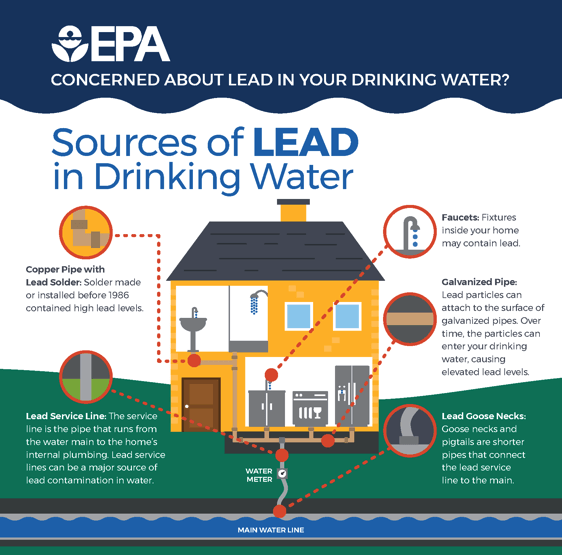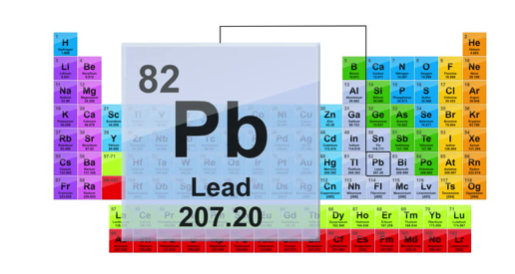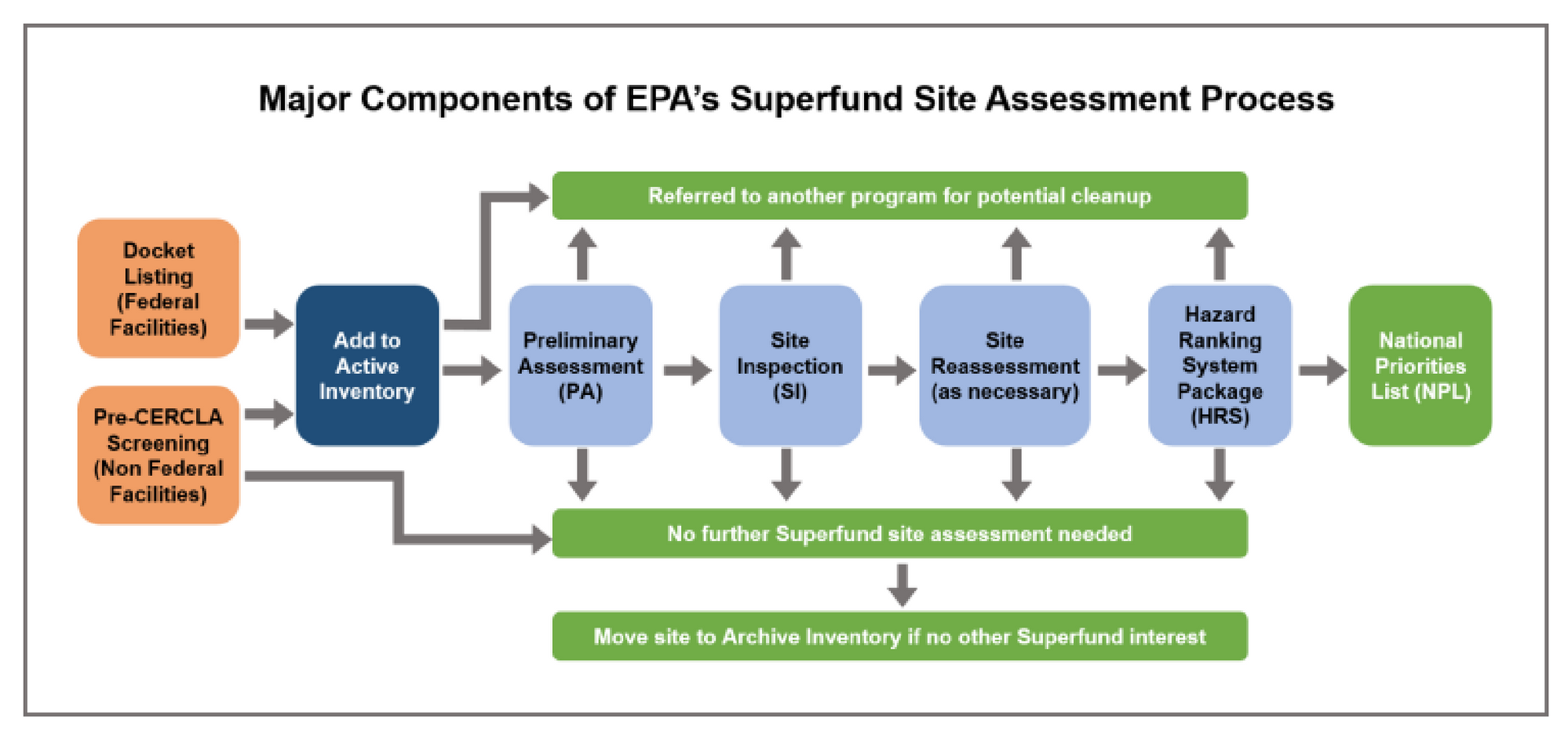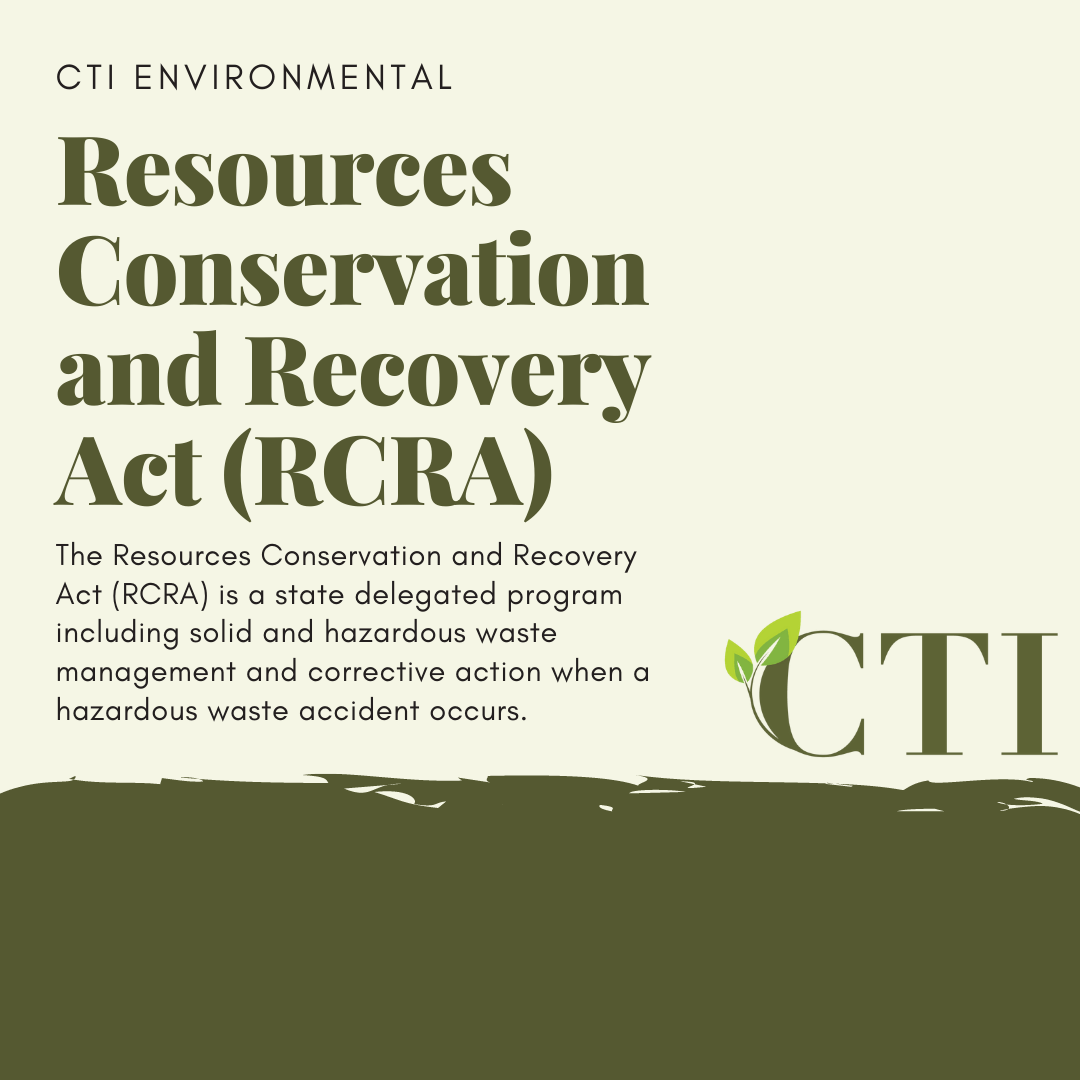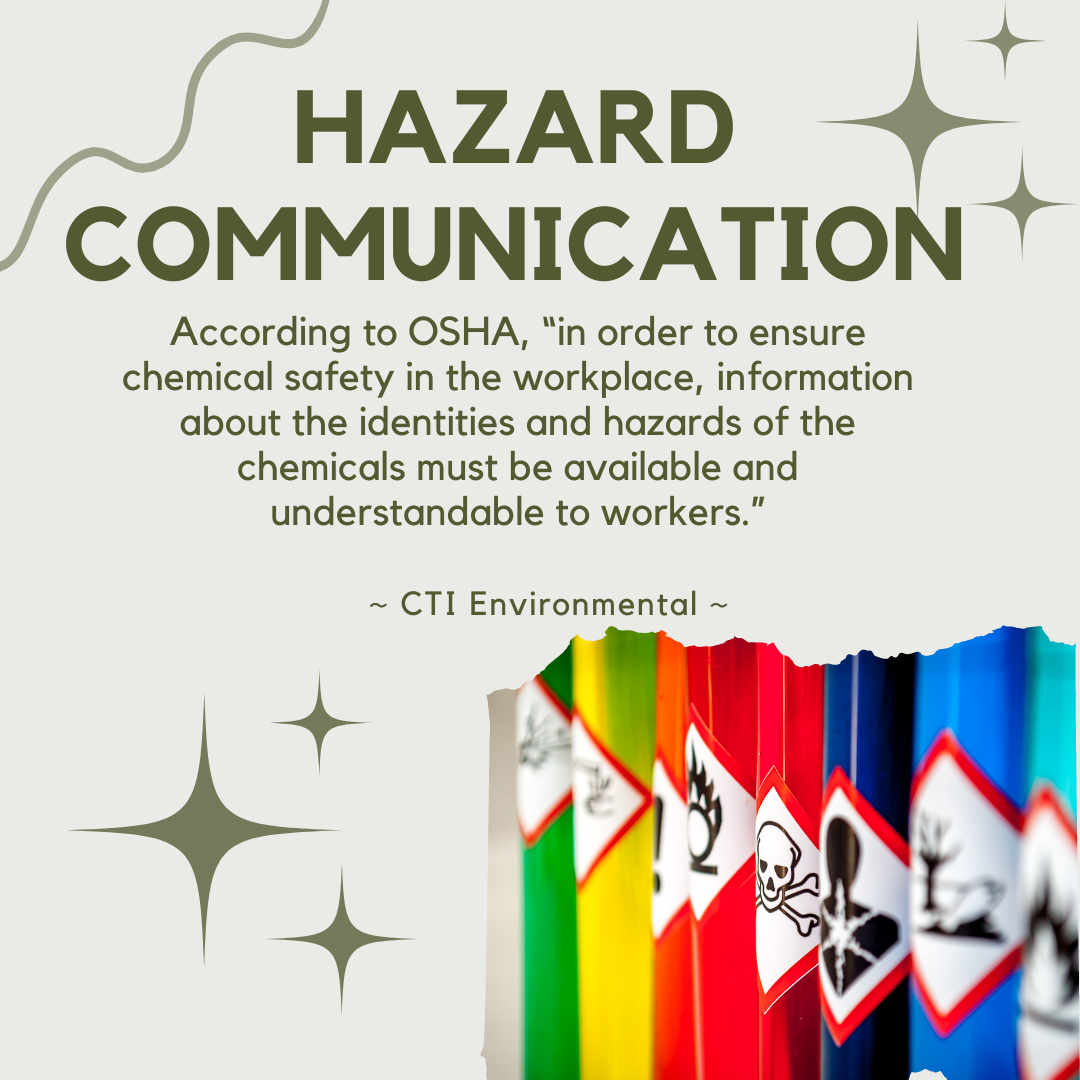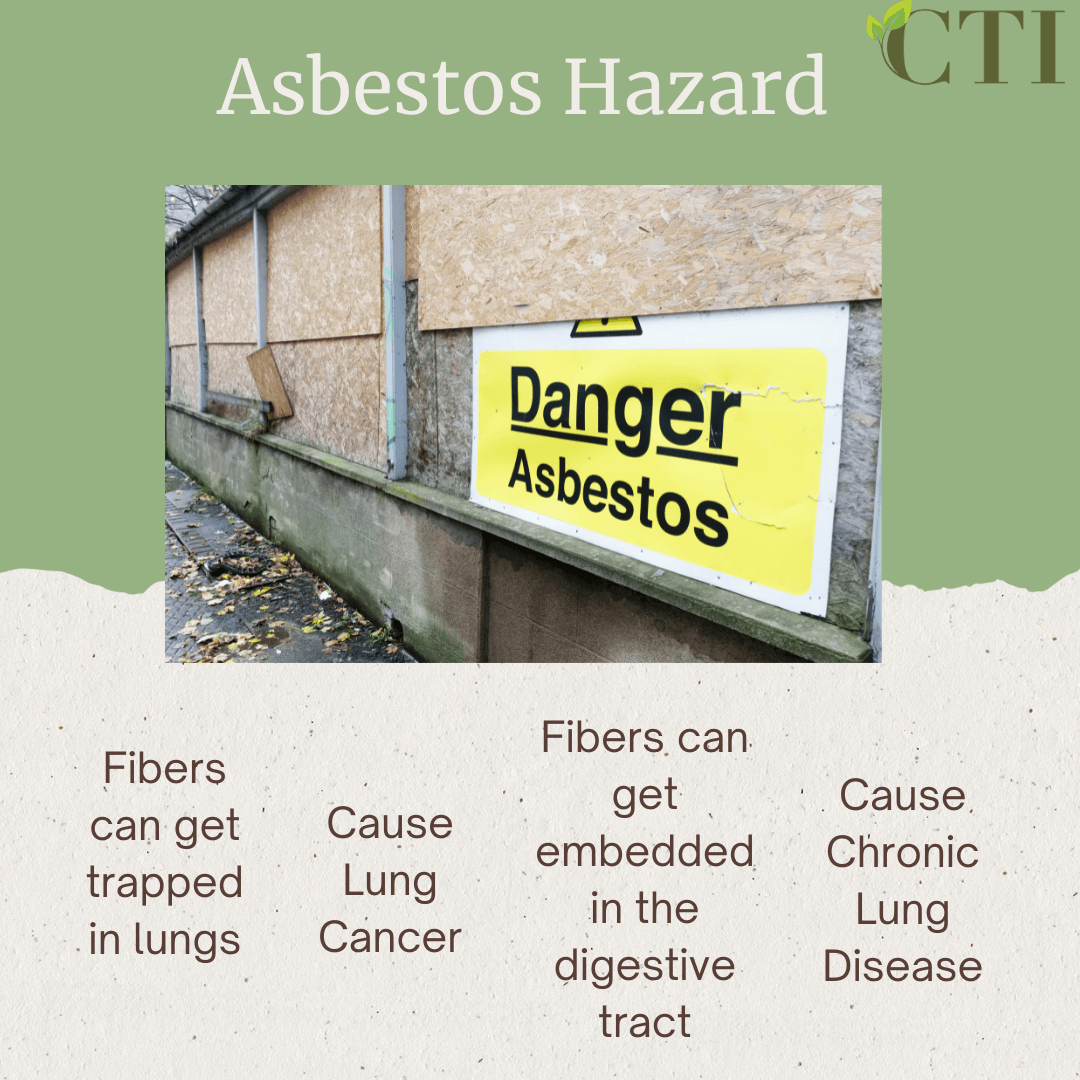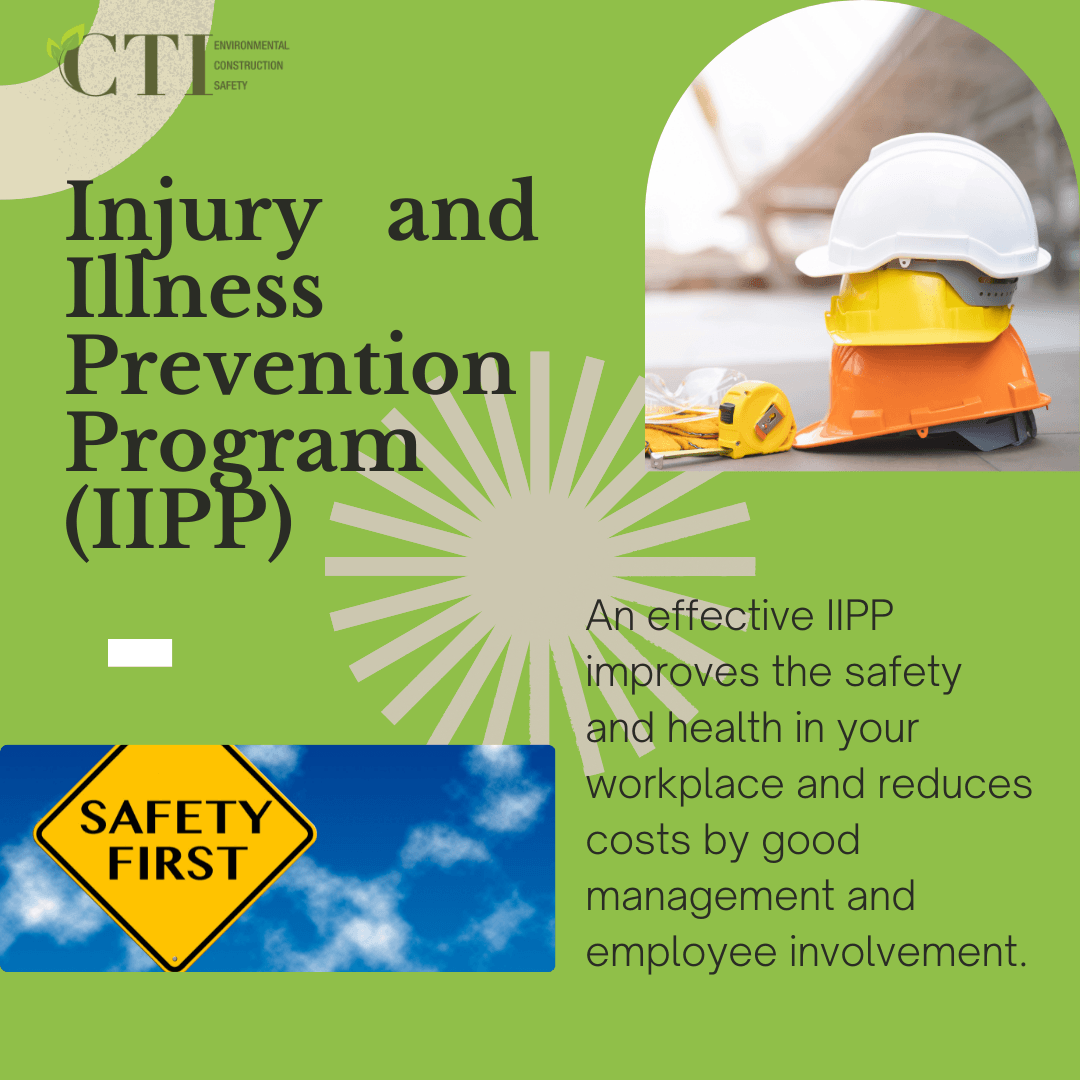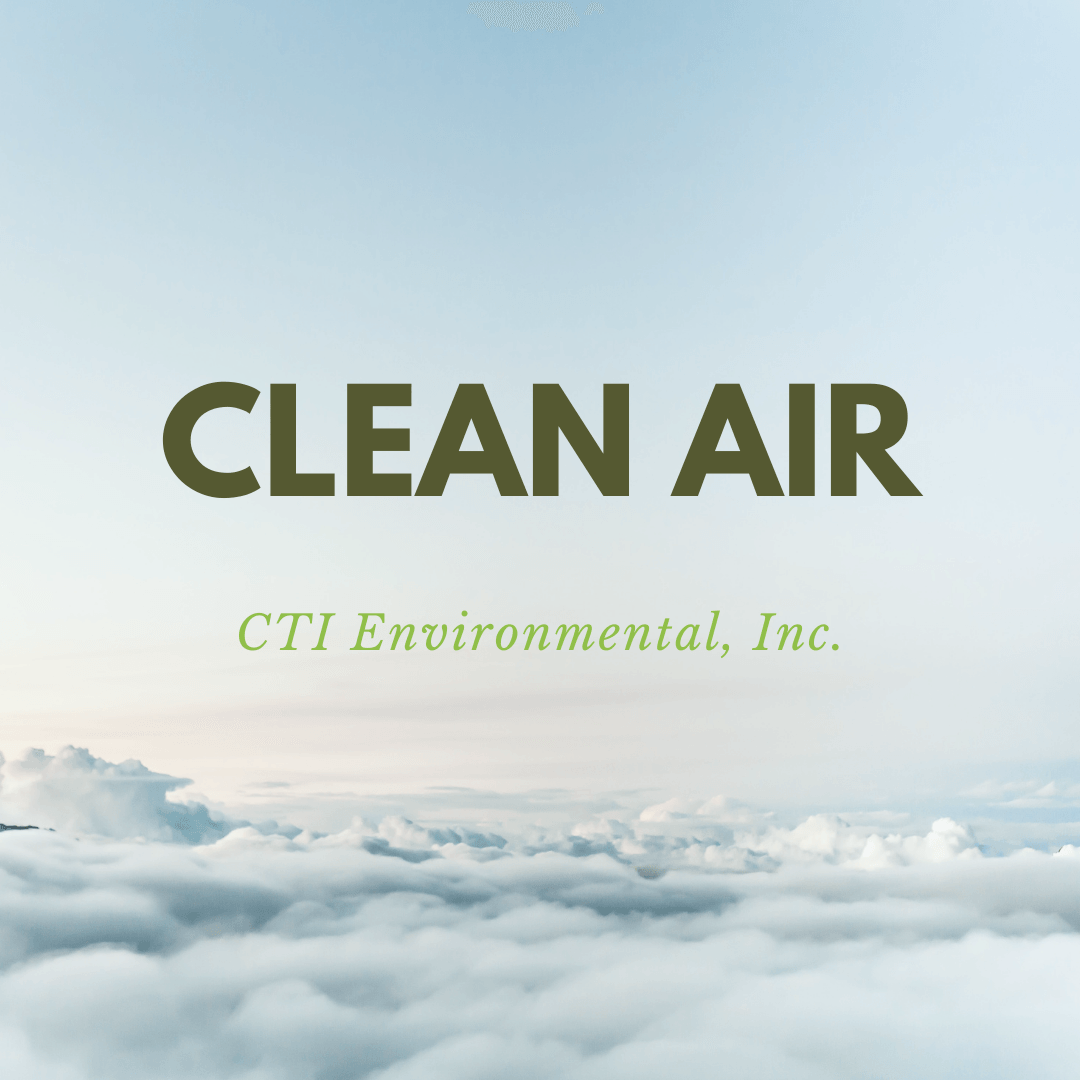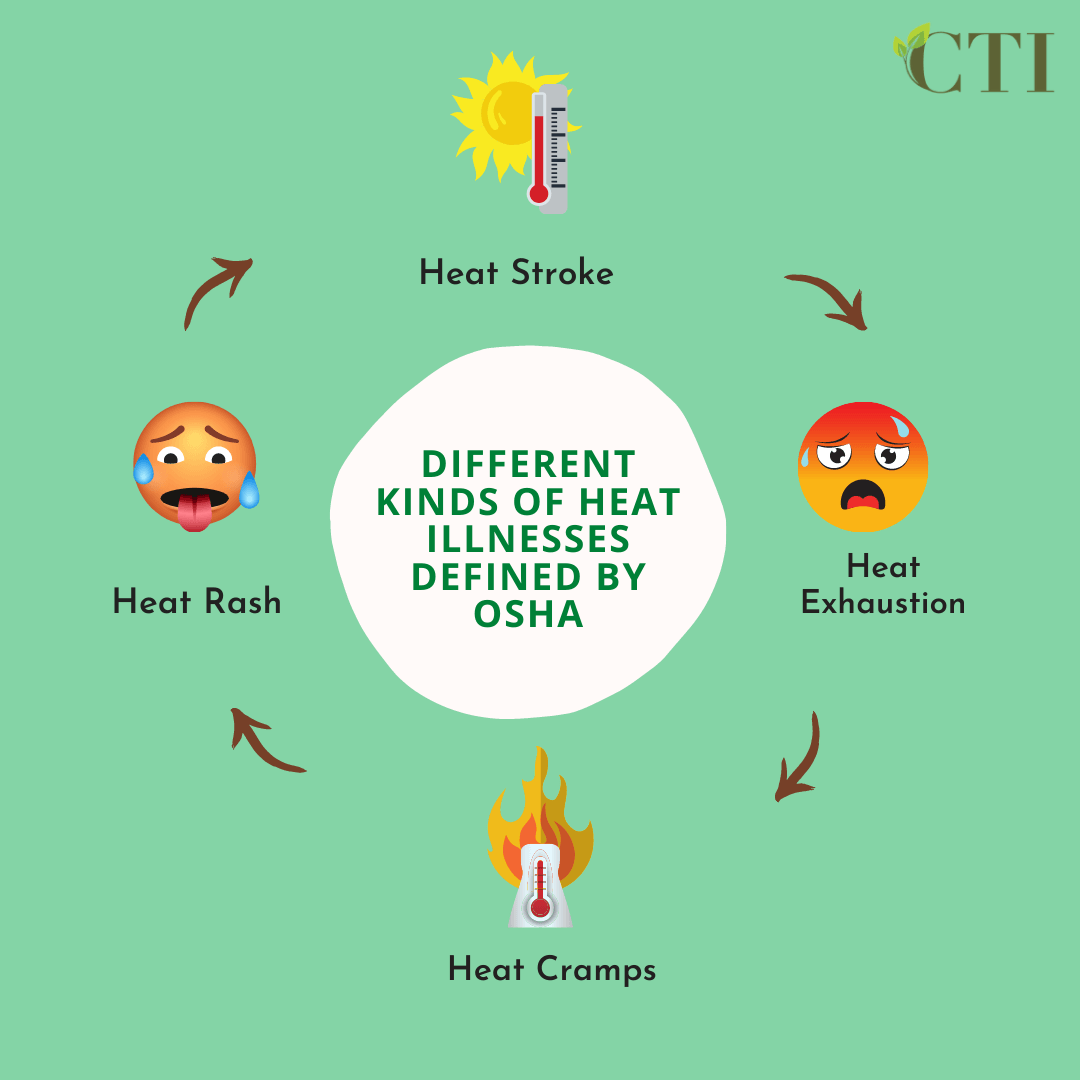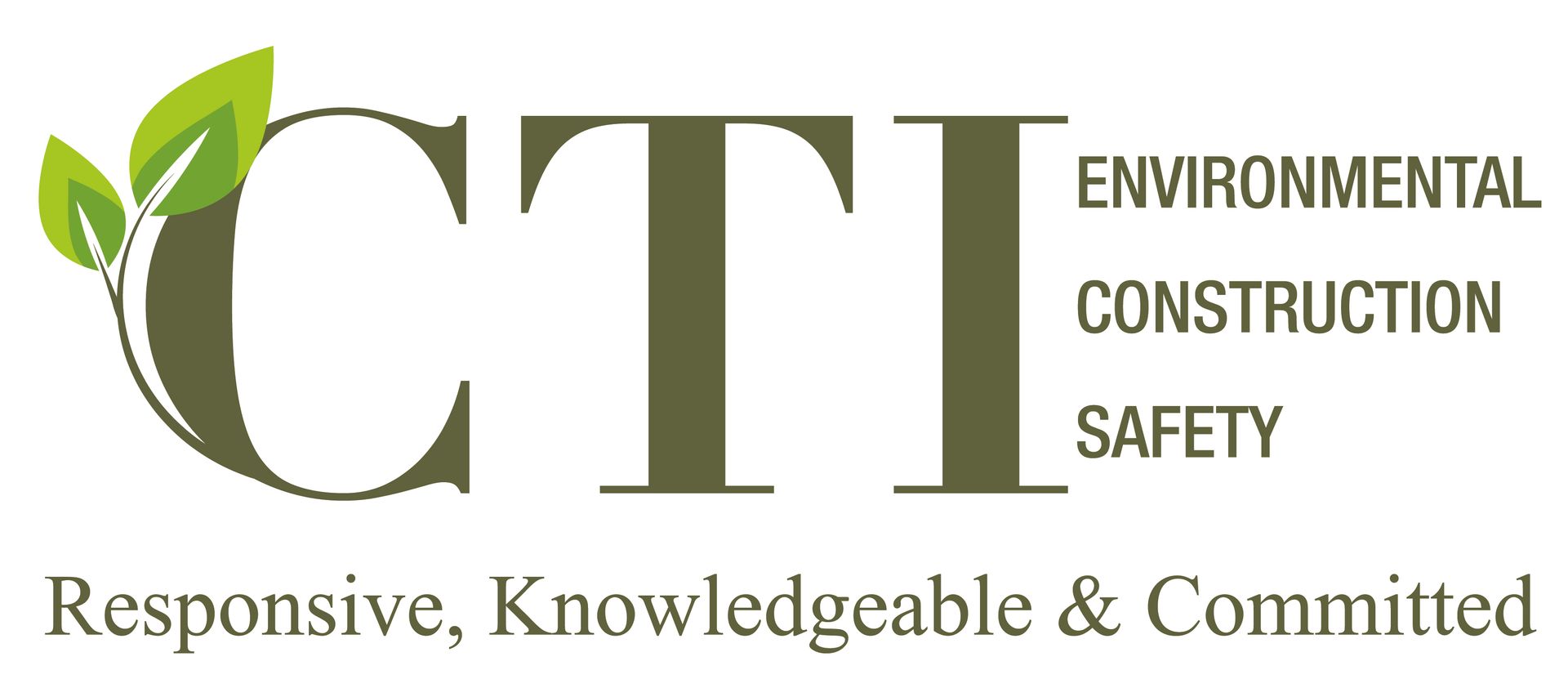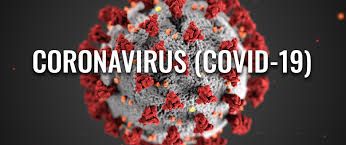Lead Consumption
Intern Insight
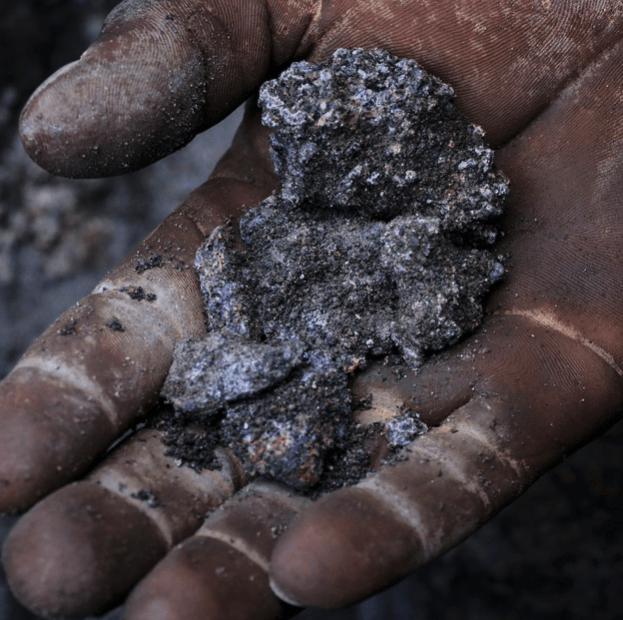
Dangers of Lead Consumption to Humans
Lead is a naturally occurring element in the Earth’s crust; however, any amount of it in the human body can cause serious health effects. Lead in your system is detrimental to your health, especially for children. The Environmental Protection Agency (EPA) has set the maximum amount of lead in water to be zero because of its toxicity to humans. Lead can bioaccumulate in your body as time goes on; therefore, it is more detrimental to your bones and blood the longer it stays in your system.
The EPA provides the following findings on lead consumption:
Harmful effects on Children
-
Behavioral and Learning Problems
-
Lower IQ and Hyperactivity
-
Slowed/Stunted Growth
-
Hearing Problems
-
Anemia
Harmful effects on Adults
-
Cardiovascular Effects
-
Increased Blood Pressure
-
Decreased Kidney Function
-
Reproductive Problems In Men and Women
-
Increase Anger
-
Attention Deficit
-
Impulsiveness
EPA’s Steps to Reduce Your Lead Consumption
-
Have your water tested by contacting your water utility service
-
Contact your water utility service or plumber and ask if the pipe connecting your water is made with lead
-
Run your water - before you drink water, flush your home’s pipes by running the tap
-
Be aware of any construction that is happening nearby; this can cause lead to be released from a lead service line
-
Regularly clean your faucet facet stream/aerator
-
Use a filter that is certified to remove lead
-
Use cold water for drinking and showering, hot water releases more amounts of lead from pipes
The EPA has created a home testing printable worksheet you can use to determine if your water is safe and lead-free.
Dangers of Lead for Animals and Plants
Lead can harm soil, plants, micro-organisms, and animals. Lead has the ability to displace other minerals that are in the soil and break down the inorganic materials. This makes the soil more soluble, therefore, more accessible to be taken in by plants. The photosynthesis rate will decrease in plants that absorb the lead, resulting in stunted growth or killing of the plants. Animals may digest these infected lead plants. When digested, lead affects the central nervous system and hinders the process of red blood cells. As the life cycle continues, these animals may die and be eaten by their predators.
As we can see, lead in the soil can affect an entire ecosystem and cause significant problems with the plants and animals.
How Does Lead Get Exposed to Us?
Even though lead is a naturally occurring element, humans and animals get exposed to it through human activity, like fossil fuel production, homes, and industrial facilities. The places it can be found in homes are pipes, paint, ceramics, gasoline, batteries, ammunition, and cosmetics.
The main component of how lead gets in drinking water is from plumbing. Some homes may not have been built with lead service lines, meaning that faucets have brass and chrome-plated brass or iron pipes. Corrosion happens when a chemical reaction occurs in your plumbing system, causing lead to enter your water.
If you want to look for Contact Information for Certification Programs and Certified Laboratories for Drinking Water, use this link
Children are exposed to lead in paint, dust, soil, air, food, and drinking water. They can also come in contact with lead through lead imported candy and candy wrappers, pottery and ceramics, and imported toys and jewelry.
If you are worried you or your child has been contaminated by lead, you can go to the doctor and take a blood test. This will show the levels of lead you have and how severe it is
Steps the Government is Doing to Reduce Lead in Drinking Water
In 1974 Congress passed the Safe Drinking Water Act, stating the EPA determines the level of contaminants in drinking water based on whether no health effects are likely to occur. This is how the EPA noted that no lead should be found in drinking water because any amount will cause health effects. They had also set a Lead and Copper Rule in 1991, and it was revised in 2000 and 2007. Every city must conduct an annual water report called the Consumer Confidence Report. If there is something wrong with your water quality, the EPA will notify you.
July 2020, the EPA has announced a big step in reducing the amount of lead in drinking water. They have made the Lead Free rule, meaning that it will limit the amount of lead allowed in plumbing materials and in construction and replacement of plumbing. This new rule will reduce the percentage of lead content in drinking water from these materials from 8% to .25%. Industries and manufacturers must reach these requirements that the EPA has set. Andrew Wheller, the EPA Administrator, says, “The Lead-Free rule is a critical step in EPA’s efforts to substantially improve children’s health and further the agency’s Action Plan goal of reducing children’s exposure to lead sources.”
Real World Stories of Consuming Lead
Wayne J. Askew
In 1980, at the age 21, Wayne Askew joined the Navy in Long Beach, CA. The ship was painted with lead-based paint, and his duty was to upkeep the ship’s structure. Along with others, Wayne was in charge of scraping the paint off the ship with inadequate protection. They would be covered head to toe in lead-based paint dust. After the Navy, he got a job renovating homes in New York, and had to get tested for lead poisoning due to lead-based paint used in homes before 1978. Wayne found out he will forever have lead poisoning and is left with severe physical symptoms and neurological damage. Wayne can no longer work because of his irreversible symptoms.
Read more about his story here.
Barbie Kress
Barbie was diagnosed with lead poisoning when she was a baby and had to live with the consequences for the rest of her life. She has brain damage, anger problems, and is unable to maintain a job. The doctors diagnosed her with bilateral frontal lobe and cortical dysfunction at the age of 4.
Read more about how she lives her life now, and what she faced growing up here.
Flint, Michigan
The lead-in-water crisis started in 2014 in Flint, Michigan, when the city changed its water supplier. Citizens of the city protested that their water smelled, looked, and tasted contaminated. The city finally tested the water and realized that more than 40% measured was infected with lead. From this water crisis, the blood levels increased and doubled in children since 2014, and some neighborhoods tripled. A total of 9,000 children drank and were supplied with lead-contaminated water for 18 months. The community gathered together and fought this problem in court. Read about their story here.